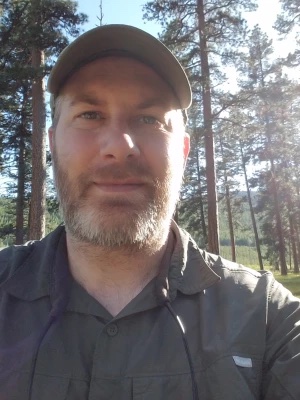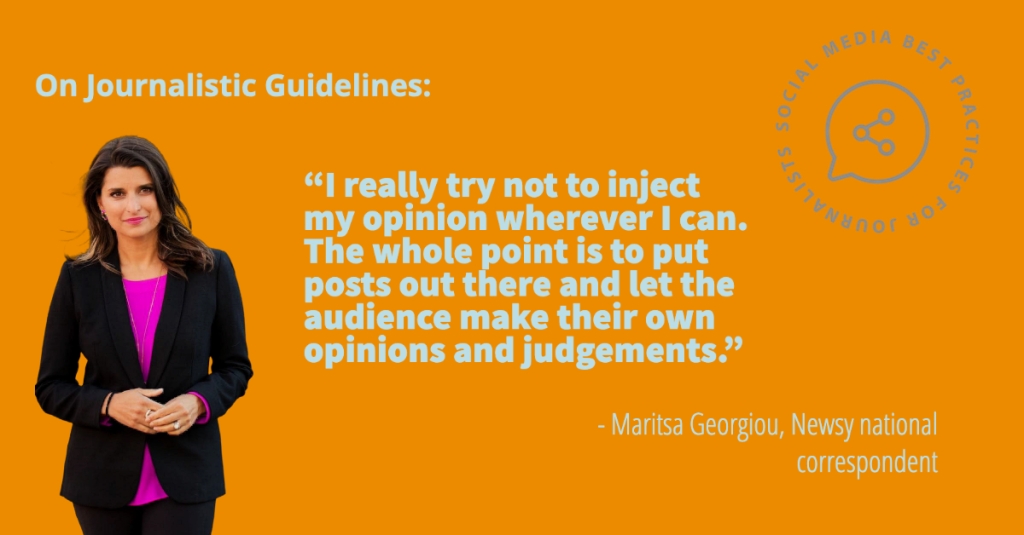By Elinor Smith
Joshua Burnham has been working at Montana Public Radio for seven years. He’s the digital editor, and throughout his career, he’s noted many changes in social media and its environment. He’s adapted MTPR’s social media plan throughout his career to make up for the changes. Burnham has won the “Best Digital Presence” twice by the Associated Press Television and Radio Association in 2018 and 2019 for Western states in the Radio II category. Burnham was also awarded Radio Website of the Year from the Montana Broadcasters Association in 2017, 2018 and 2020. Journalism student and the producer of the student newspaper’s weekly podcast “The Kaimin Cast” Elinor Smith talked with Burnham about his work and below is a transcript of their conversation, edited for brevity and clarity.
Q: Over the course of your career, you’ve been with MTPR for quite a bit. How have you seen platforms like Facebook, or Twitter, or Instagram kind of evolve since the time you started?
A: So, Facebook has changed probably more than anything. There’s been an exodus of younger people from it since I started. And it’s just a very old platform. And the way they’re doing it now is they want to do everything they can to keep you on Facebook. So it used to be you could get link clicks back to your stories, or to your podcasts, or whatever. And it’s just not a good use for that anymore. And so you have to start thinking about doing stuff natively on Facebook. And that means like, when we have briefs or something like that, I’ll just post them directly to Facebook rather than linking out. So, things like that. Facebook advertising could still be good. I don’t know that it’s worth boosting individual posts. But if you’re advertising for your organization or a podcast in general, Facebook is pretty good for that. Twitter. I don’t know Twitter’s kind of Twitter. I haven’t noticed any big differences since I have been there. I think it’s grown. But it’s still a very niche audience. I always tell the reporters like Twitter is the least important thing. It’s a lot of reporters talking to reporters. It’s very helpful for sourcing things like: ‘I’m doing a story on heat exhaustion. Do you know anybody who can talk to me about things like that?’ So it is good for that. But, I think maybe 3% of the country is on it or something. It’s really small. Instagram is going all toward video, TikTok influence has hit Instagram, and they’re promoting reels. If you want to get reach on Instagram right now, reels are the place. Video stories are still doing well. We do carousel sometimes … Those are still helpful. But yeah, video, you got to get into video. I would say one of the most surprising things. Since I’ve started there is that we know from market research that video is one of the top ways people find podcasts. So, a lot of people actually think a podcast means a video, something on YouTube. And that was a surprise when those numbers came out. And so it means pushing more stuff on to YouTube at this point for us. And that might be because those are just like audiograms. Right? It’s just audio where the waveform and we haven’t had a ton of luck with those. But, NPR has started to do those for some of their podcasts. We’re giving it a try. This is a new thing in the last month, maybe. So, we’ll see how that works out.
Continue reading “Journalists On Social Media: Q&A with MTPR’s Joshua Burnham”


